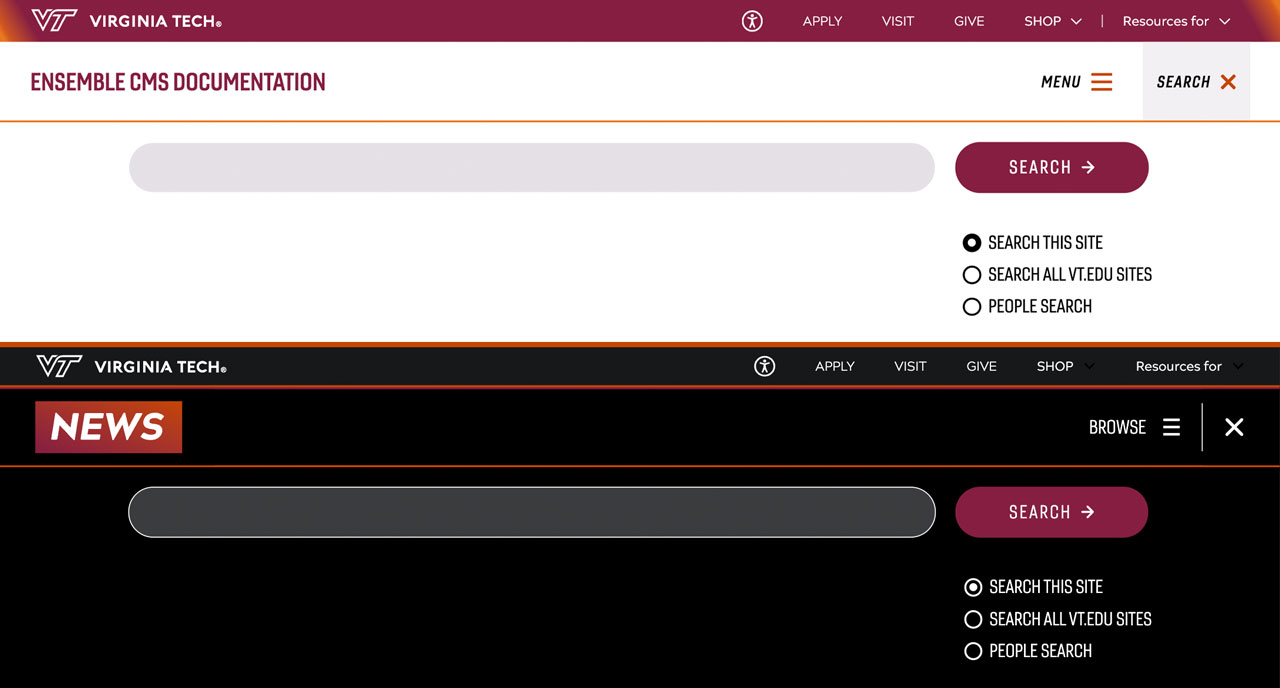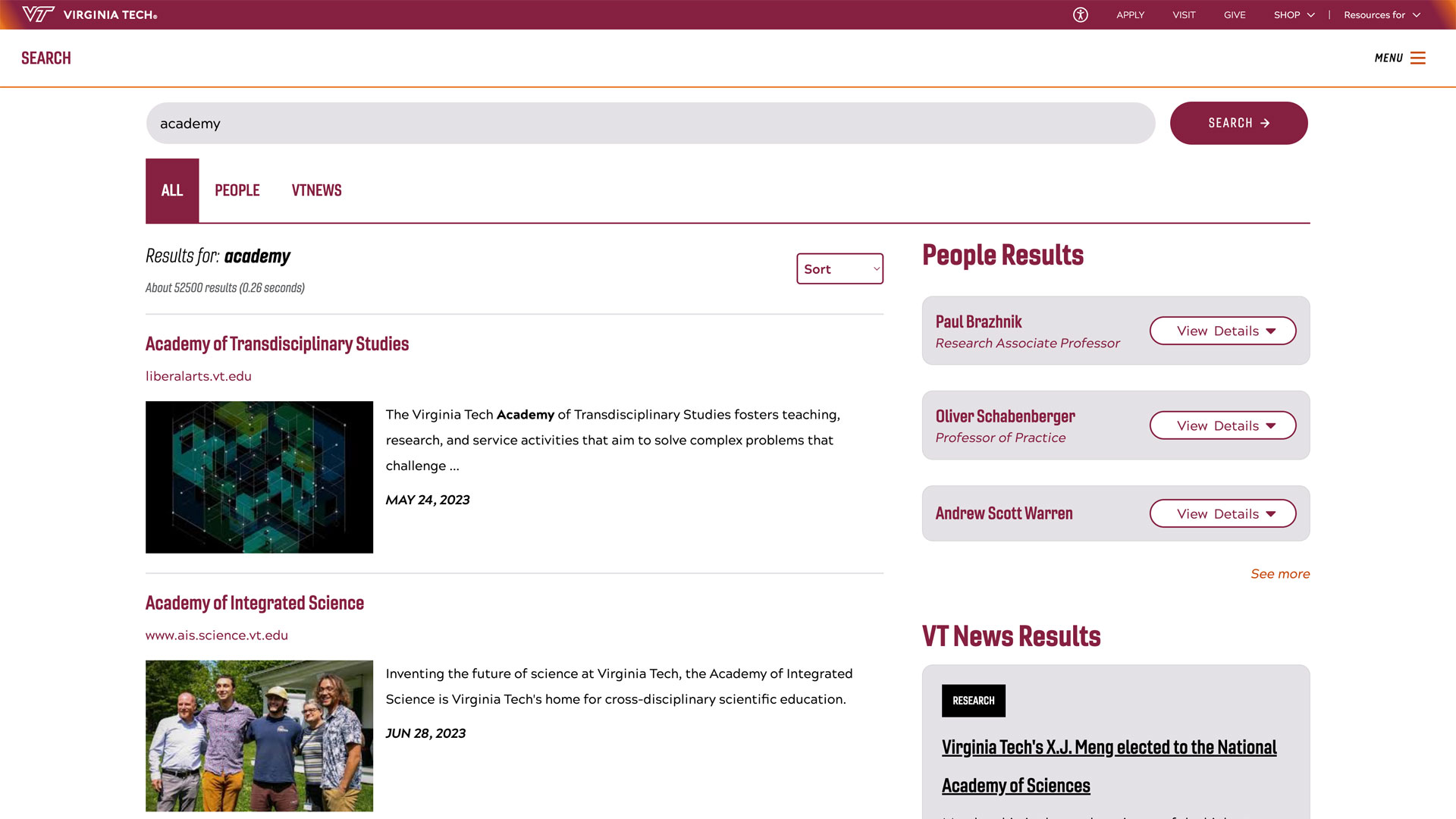Specialized ultrasound upgrades capabilities at Virginia Tech's veterinary hospital

In an exam room at the Virginia-Maryland College of Veterinary Medicine's Small Animal Community Practice, an ultrasound screen reveals the internal structures of an animal while the owner watches alongside students and faculty.
This scene is becoming increasingly common through newly acquired technology supported by a generous donation from a client of the community practice who wanted to give back to the doctors that made such an impact in the life of her dog and a training program to educate faculty in its use. The scene also represents a shift in how diagnostic imaging is integrated into primary care veterinary education.
The Small Animal Community Practice faculty are in the midst of an immersive ultrasound training series that's transforming how they teach, diagnose, and engage with clients.
It's veterinary medicine made more accessible – for students, clients, and patients alike.
A clinic within the veterinary hospital
The Small Animal Community Practice serves as the primary care clinic within the Veterinary Teaching Hospital, offering preventive and general veterinary services to pets within a 35-mile radius of Blacksburg.
As part of the teaching hospital on Virginia Tech's Blacksburg campus, the practice plays a crucial educational role by integrating veterinary students into appointments, providing hands-on training while maintaining high standards of patient care.
Unlike specialized referral services, the practice operates as a general practice open to the public without requiring a referral, providing comprehensive outpatient care including wellness exams, vaccinations, dentistry, and treatment of common medical conditions.
Learning curves and clinical skills
Small Animal Community Practice faculty members have gathered monthly since February for specialized ultrasound training with Martha Larson, professor emerita of radiology.
"This training program has been a fantastic opportunity to build our ultrasound skills," said Jennifer Marin, clinical assistant professor and head of Small Animal Community Practice. "We're learning about image acquisition, interpretation, proper labeling, and documentation — all essential components of good medical practice."
The portable ultrasound enables the practice to expand its diagnostic capabilities while complementing the comprehensive services offered by the hospital's radiology specialists.
"Having multiple ultrasound options throughout the hospital allows us to provide more efficient care," said Tanya LeRoith, director of the Veterinary Teaching Hospital. "It's about having the right tools in the right places."
During these training sessions, faculty learn everything from basic operation to advanced image capture and documentation. Larson, who brings over three decades of expertise in small animal ultrasonography and extensive leadership experience with the American College of Veterinary Radiology, also reviews images they capture between sessions, providing valuable feedback that accelerates their learning.
"I hope to move from just performing basic rapid scans to more detailed ones and writing full ultrasound reports," Marin said. "We're developing skills that complement what our excellent radiology specialists offer, focusing on initial assessments that can help guide patient care decisions."
Enhancing the pet owner experience
The portable ultrasound technology creates a more seamless experience for clients and their pets, with diagnostic capabilities available right in the exam room.
"Having this portable ultrasound allows us to evaluate patients in the room with their owners, which keeps them calmer and more comfortable and adheres to our fear-free mission for care," said Erin Phoenix, clinical assistant professor.
"We can show owners what we're seeing in real-time," said Marin. "This creates better understanding and more collaborative decisions about their pet's care."
The technology, funded through a recent gift from a grateful client, allows for certain diagnostic procedures to be performed during regular appointments, potentially reducing the need for separate imaging visits in some cases.
Preparing students for practice
For veterinary students, this training program and equipment provides valuable hands-on experience with technology they'll use throughout their careers.
"I think it's really important to show students what they can do in a primary care setting," Marin said. "Seeing ultrasounds and the technology used by general practitioners is crucial for students because it shows them attainable skills they can master."
Students in the Small Animal Community Practice learn practical applications such as detecting fluid, identifying bladder stones, and assessing major organs—essential skills for any general practitioner. The setting mirrors what most graduates will encounter after graduation, where portable ultrasound has become increasingly common.
The training also emphasizes proper medical documentation, a vital skill in any practice setting.
"We're teaching them the importance of saving and documenting images," Marin said. "For whoever follows up on a case, having saved images makes a tremendous difference in providing continuity of care."
Value beyond diagnostics
Beyond the clinical benefits, the ultrasound training program offers significant educational value for both faculty and students.
"This kind of continuing education and skill development is what keeps our teaching hospital at the forefront of veterinary medicine," said LeRoith. "When our faculty expand their capabilities, our students directly benefit from that knowledge."
The portable ultrasound also serves as a teaching tool for client communication, helping students learn how to explain medical findings in real-time and involve pet owners in the diagnostic process.
Looking forward
As the training program continues through fall, the Small Animal Community Practice team members anticipates growing their capabilities with the new technology and expanding how they integrate ultrasound into their teaching methods.
"We're excited about how this training is already enhancing our practice," said Marin. "The skills we're developing allow us to provide more comprehensive primary care while still utilizing our radiology specialists for more complex cases."
For more information, visit the Small Animal Community Practice website.




